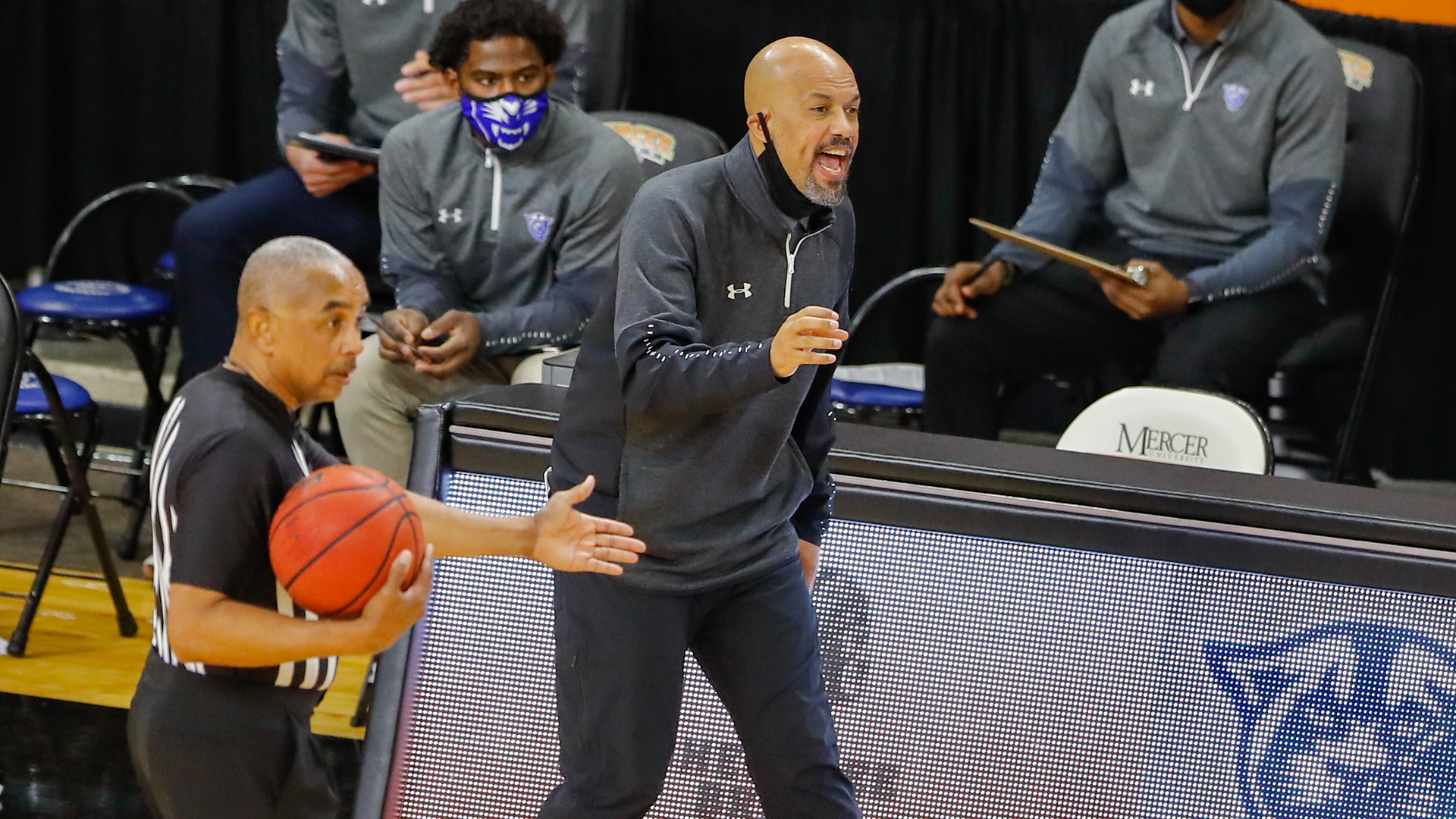
Undoubtedly, the college basketball recruiting landscape has changed with the emergence of AAU and its heavy influence on the game’s young prospects.
Founded by Nike co-founder Phil Knight and Sonny Vaccaro, the man who signed Michael Jordan to the global brand in 1984, AAU gained traction in the 1980s.
AAU reached unprecedented heights in the late 2000s and early 2010s through marketing. Today, young players nationwide compete, allowing this style of hoops to become a staple among college scouts. The recruitment process has never been more seamless to funnel gifted athletes into notoriety and potentially help coaches build successful college programs.
Scouts heavily rely on national tournaments to uncover new talent, which they can’t see locally from states they would have never imagined playing on their high school teams.
In a July 2020 tweet, Trey Moses said, “I had no offers from high school basketball … got 12 division offers in one month playing AAU.” The in-person interactions from AAU also allow college scouts to pitch the nation’s top talents with scholarships and build relationships that smaller schools simply can’t offer.
Georgia State men’s basketball assistant coach Chris Kreider is well-aware of what’s at stake each time he goes to a circuit and scouts young players.
“AAU is definitely the most cost-efficient, time-efficient way for us as college coaches just to see the masses, guys that we’re recruiting,” Kreider said. “You might go to a tournament sponsored by a shoe company in Dallas … so in a nutshell, AAU allows you to, in a time-sensitive, time-efficient way, see as many kids as you could possibly be recruiting.”
In some cases, 90% of college scouts’ recruiting comes through AAU, as former George Washington head coach Mike Lonergan mentioned in Gazette.net. With the massive number of teams and players they see, the recruiting process becomes rapid.
High school basketball runs through spring, but summer puts the scouting into fruition. The exposure of thousands of players continues to allow AAU to act as a hub for schools.
“Any time a young man has exposure, it’s good,” Kreider said. “If you think about it, an AAU tournament will have several hundred teams, especially the bigger ones in Vegas in a normal summer. There’s hundreds of college coaches there, and there’s hundreds of college prospects there. So I just think the more exposure on both ends, the better.”
AAU allows players to build portfolios and, unlike highlights, present recruiters with uncut footage. The numerous talents and playstyles allow college coaches to find the recruits they see that best fit their program.
With teams traveling from all over the country combined with the strong presence of the internet, scouts can witness players from across the country without having to leave their home state.
Georgia has become a hotspot for AAU ball, with some of the biggest tournaments and highest-ranked players in the country being in the state. The balance between high school and AAU coaches allows for a smooth recruiting process as both sides understand the ins and outs of getting their players to that next level.
The reliance scouts have on finding new recruits and watching young athletes showcase their talent has allowed AAU to flourish. Over the past decade, it has been at the forefront of what was once a tedious recruiting process. The more AAU evolves and the game changes, the more young men are given opportunities to impress college scouts and transform their futures.
